The Bouba-kiki effect on branding: how sound symbolism shapes design

What would you say if anyone knowledgeable you a phrase sounded slicing, harsh or spiky to them? What would you assume within the occasion that they knowledgeable you one different phrase regarded spherical, simple or blobby? Sound symbolism is a phenomenon explored by the use of what’s usually referred to as the Bouba-kiki affect. It’s our tendency to connect modalities collectively, e.g. sound and kind (or model or emotion, and so forth). We uncover this concept further and what it means for branding and design.
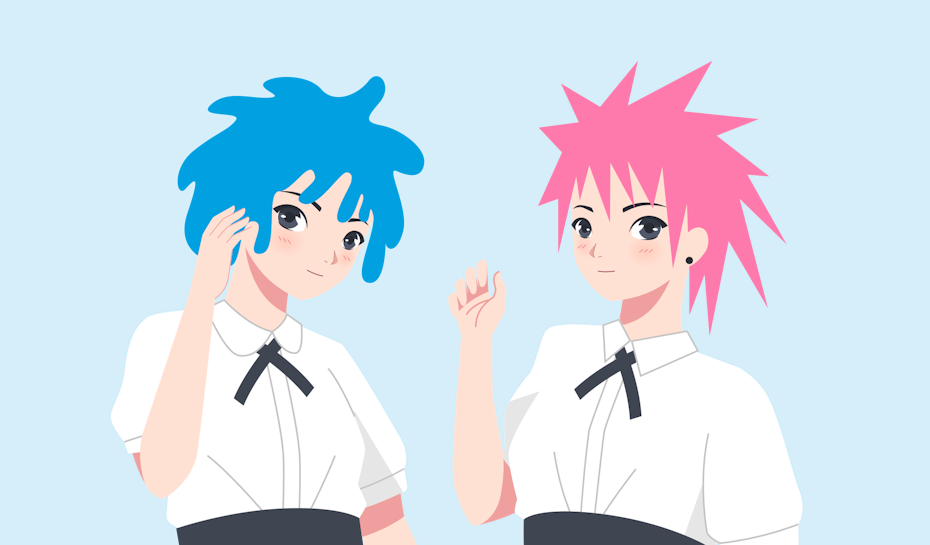
Understanding the bouba-kiki affect and sound symbolism
—
All of it begins with a seemingly simple question, which of these two shapes is called “bouba” and which one is “kiki”?
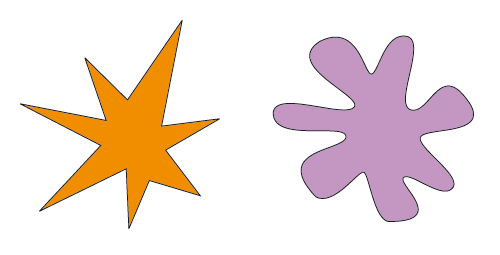
Impressed by a psychological study from 1929, researchers examined the model whereby we ascribe positive sounds to positive shapes. The following 2001 investigation invited people to name two contrasting shapes out of a given variety of nonwords; “bouba” and “kiki”. These names contrasted sounds in step with pronunciation and the seen shapes of each letter. Outcomes found that 95% of people assigned the phrase “bouba” to the rounder kind and “kiki” to the spikier kind, which is as a result of the researchers predicted.
The study showcased the facility of the connections our thoughts makes between sounds and visual shapes. There have been many subsequent developments on this line of research, involving totally different senses like model and the way in which we perceive others’ appearances.
Sooner than we check out the way you may apply the bouba-kiki affect to branded designs, let’s look into understanding the thought.
Classifying sounds
After we talk about “rounded” sounds, we’re fascinated by the shape our lips make when saying these sounds. So the oo in “boot”, u in “satisfying” and o in “wrote” all require our lips to make a rounded kind to pronounce these phrases, whereas the vocalisation is happening at the back of our oral cavities. “Unrounded” sounds are attributable to this reality the choice of this, they require the lips to be unfold apart when pronounciated, similar to the ee in “peek”, i in “match” or a in “had”.
Classifying shapes
The bouba-kiki affect reveals the have an effect on that the sound’s seen kind has on our notion of it. Consonants equal to okay, t or z are thought of spikier, sharp sounds due to the type of their corresponding letter. That’s in distinction to letters like g, b or o, which can be all thought-about as spherical, delicate or curvy shapes and sounds. Due to this a person’s literacy—or talent to interpret these letters—performs an unlimited perform inside the bouba-kiki affect.
The language(s) spoken by each explicit individual moreover makes a distinction, as does the letters in each corresponding alphabet. Sound symbolism is even implicated with how languages had been normal, based mostly totally on our innate assumptions and expectations. For the intention of this weblog put up, we’re sticking to English.
Making crossmodal connections
So the premise of the bouba-kiki affect is that people are prone to affiliate positive sounds with positive shapes and positive traits; that’s known as sound symbolism. The study found that for entities named with spherical sounding-words, people attribute easygoingness. For entities whose nouns involved spikier or sharper sounds, we generally tend to deal with these as being further actual or determined.
These associations are known as crossmodal connections, because of they’re hyperlinks we’re making all through our senses. These hyperlinks influences the alternate options we make and the biases we keep; they are going to even affect human relationships.
One rationalization of this sound symbolism is the intrinsic human need to get your hands on patterns between points. Researchers declare this might presumably be why we uncover sounds and shapes symbolic of humanistic persona traits.
Think about the present phenomenon of the “Karen” meme. Is it a coincidence that the title chosen to point such a person, to focus in on explicit unfavorable beliefs and behaviours that any such explicit individual performs, is represented by the use of a phrase made up of sharp, spiky and determined sounds and shapes? If we tilt our consideration once more to Bouba-kiki, this helps the thought in that sound symbolism and crossmodal connections have an effect on the alternate options we make and the biases we keep.
Symbolic design and branding alternatives
—
Now that we’ve understood how our brains are prone to affiliate sounds with shapes, let’s take into accounts how this influences branding and design.
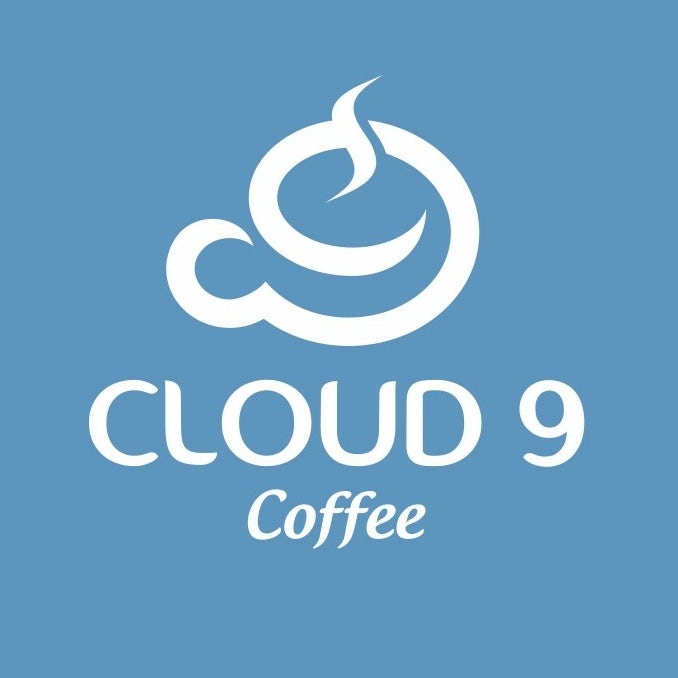
Let’s proceed to contemplate the smart and additional tangible outcomes.
If many individuals have this inbuilt mechanism to attribute positive sounds to have positive shapes and traits, how may producers and designers use these findings to their profit?
Your mannequin title is your very first introduction to a purchaser and it will evoke a response: a positive set of assumptions. And it’s not merely sharp versus delicate and huge versus small.
Our associations with phrases go far previous that, even to predicting humor.
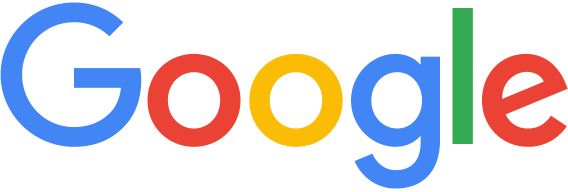
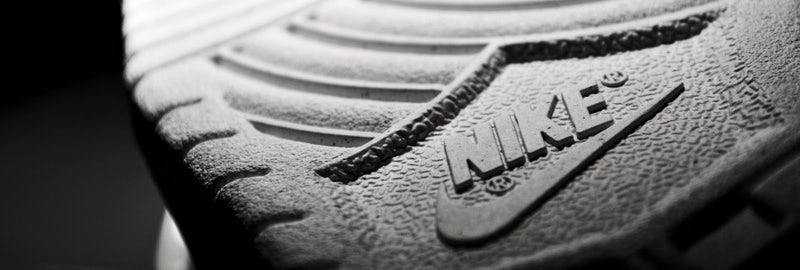
If we check out some well-known examples, what’s further “bouba” than Google? Easy, accessible experience that is so large that it nearly really holds the world and previous. It was moreover a nonsensical phrase just like bouba at its finish consequence, leaving people to make assumptions about what’s going to in all probability be. whereas the entire spherical areas inside the Google model could possibly be very quite a bit a bouba.
And what about Nike? Precise, determined, energetic, aggressive, you’ve acquired all of it correct there. The precision and movement evoking Nike swoosh is further acceptable with a kiki.
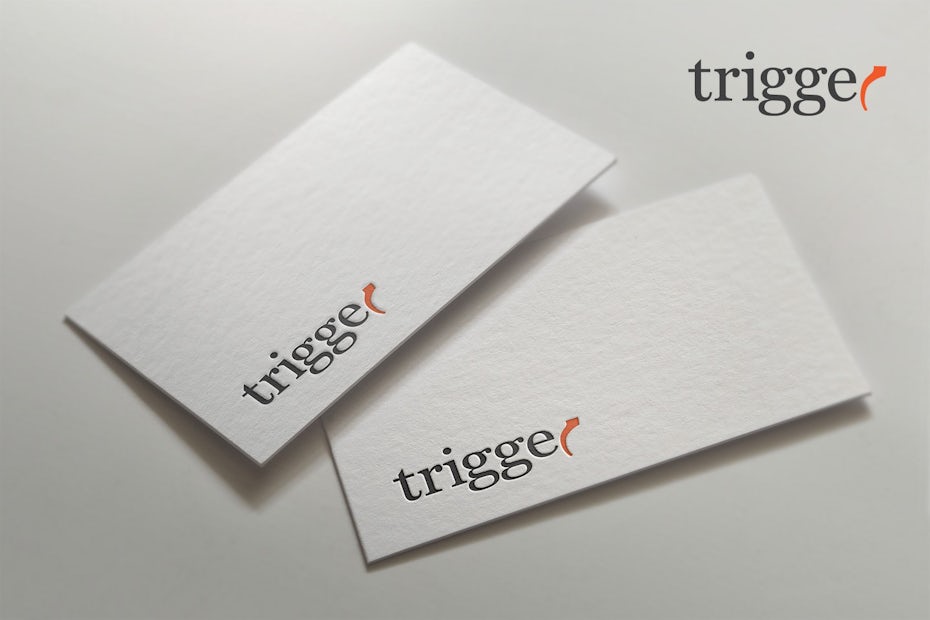
Piecing collectively a branding puzzle
Producers have to be holistic and fixed in creating an aesthetic to attract their goal market. Due to this all sides of it needs to suit collectively.
If a mannequin or product title doesn’t complement the broader mannequin persona, it feels jolty and awkward. For instance, if the title is adopting a pre-existing phrase, its meaning might not match this new context; if it’s a nonword, it’d sound unattractive, inappropriate or be onerous to remember for aim audiences. In that case, you acquired’t win purchaser perception.
A strong sense of branding should flow into all through every component the mannequin subsumes. Its title should match the font it’s written in, the symbol it’s turning into a member of onto and the company’s whole tone of voice.
This fashion of discerning what works collectively and what doesn’t comes proper all the way down to explicit individual tastes and preferences. On the core of that’s the bouba-kiki affect and its—on the ground—seemingly simplistic discovering that it’s in our nature to affiliate positive shapes and sounds collectively.
So utilizing bouba-kiki in branding and design ought to go hand in hand. All of the climate that go into your mannequin identification work collectively to tell a cohesive story with an emotional, constructive affect on observe audiences. Listed beneath are some branding ideas and design ideas based mostly totally on the bouba-kiki affect.
Sounding out a status
—
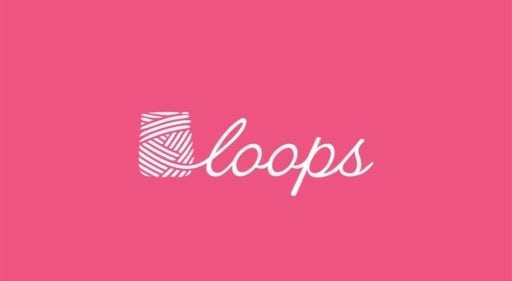
As we’ve talked about, a mannequin title is on the core of any mannequin’s identification; it sometimes stays a relentless foundation as a result of the mannequin evolves over time.
A present study explored the power of sound symbolism and utilized it theoretically to branding. Researchers found that people anticipated entrance vowels to perform in nouns denoting small entities and once more vowels to be included in nouns denoting big entities. Whether or not or not a vowel is about as entrance or once more is set by the place of your tongue as you pronounce each sound.
The most effective degree of your tongue is poised in course of the doorway of your mouth for entrance vowels. These embody sounds similar to the a in “unhealthy”, e in “shed and i in “knit”. The opposite is true when saying once more vowels. These sounds embody the u in “huge”, o in “drone” and oo in “e e-book”.
If we use a literal occasion for a minute, in Dickens’ Good Expectations the i in “Pip” conveys the usual of being “small”. That’s pretty turning into as Pip is the title of the protagonist inside the e e-book: a small child. Nonetheless, the rounded o sound in “London”, evokes a method of largeness.
Returning to the study, researchers found that using these vowels to convey such guidelines in nonwords is less complicated and memorable than mixing nonwords with preexisting phrases. Due to this if you happen to occur to’re a model new mannequin or launching a model new product, it’s going to be a extraordinarily good thought to invent a phrase with sounds and letters that discuss the principles of your mannequin/product.
Upon listening to or finding out the title, prospects will then already have some form of sense or expectation about your mannequin/product. Ultimately, this initiates space for fixed branding. It provides the beginnings of a seamless journey as potential prospects turn into accustomed to your mannequin.
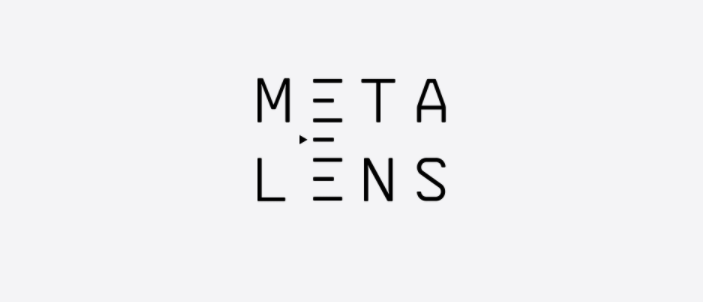
Shaping a model
—
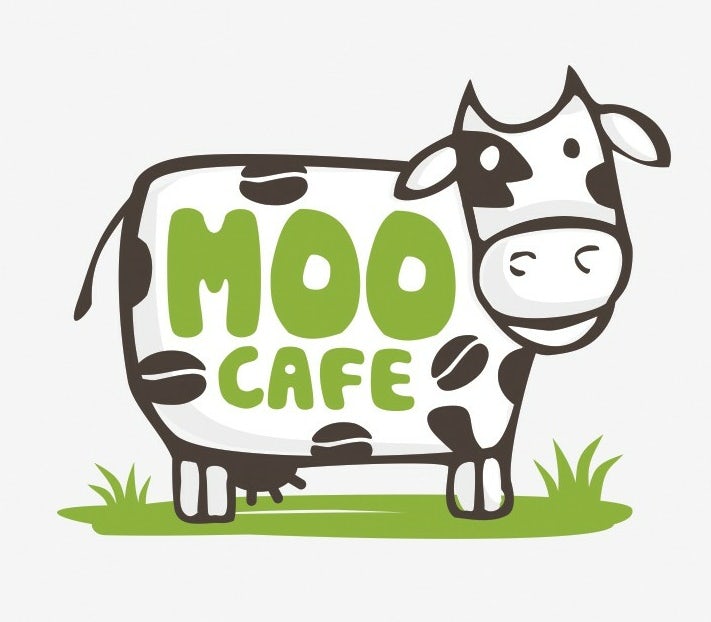
Your model design is just as elemental as your mannequin title; collectively they set the tone in your full mannequin identification. So it’s easy to see how being aware of sound symbolism can positively have an effect on designs.
Utilizing curvy strains, spherical silhouettes and avoiding straight, sharp edges goes to be further “bouba”. As we’re in a position to see from Moo Cafe’s model design, pictured, these curves swimsuit personable, pure producers offering a pleasing experience for purchasers.
The opposite form of kind along with harsh edges and straight strains feels further “kiki”. This might presumably be a terrific place to start in model design for producers wanting to affirm their effectivity, velocity, or direct nature, equal to banks or car companies.
There’s no motive why your mannequin title and model can’t be rather more obscure, someplace in the middle of the two spectrums of bouba and kiki. You may as well make your particular person nonsensical phrase and kind based in your blossoming data of sound symbolism.
This consciousness of crossmodal associations can be an immensely helpful data in strategies to convey your mannequin to an viewers, by your self phrases.
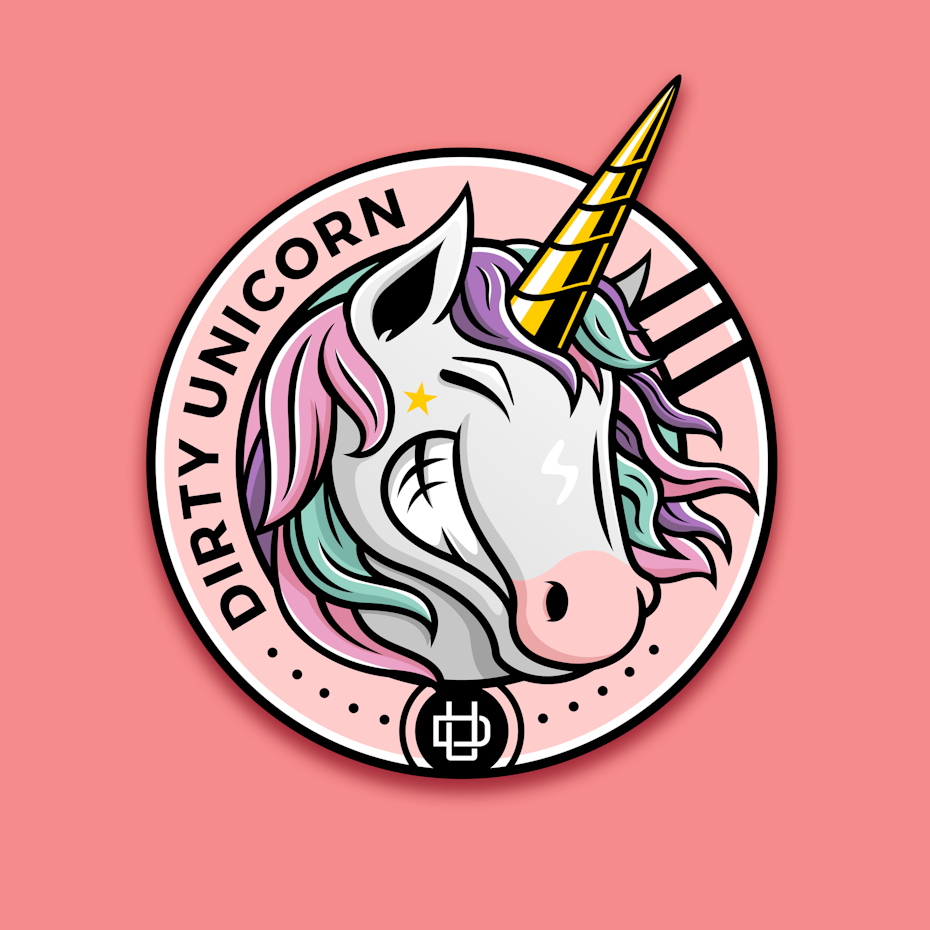
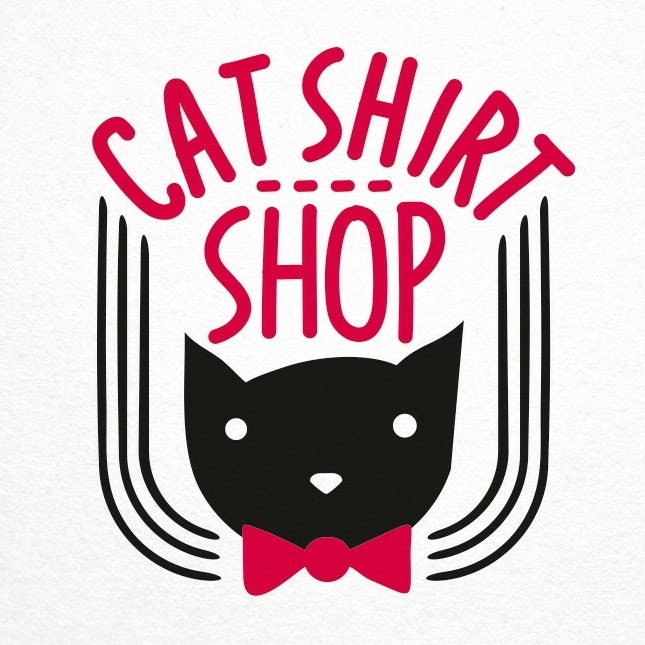
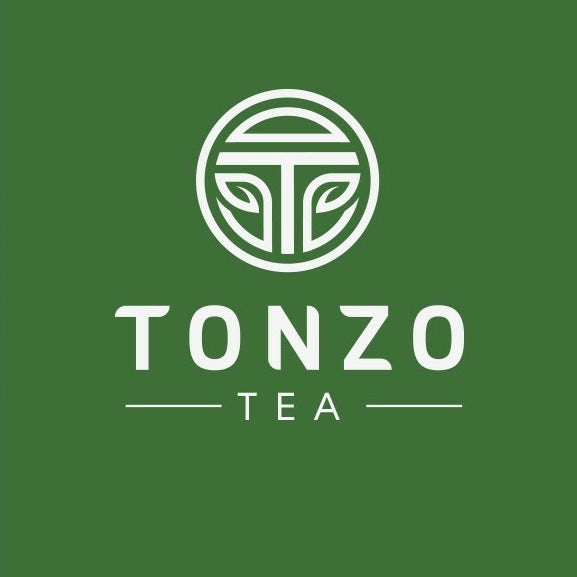
Spreading your wings with a visual presence
—
Upon getting your mannequin title and model perfected, you presumably can begin to flesh out your wider seen presence. Is your mannequin largely digital or are you designing bodily merchandise or areas? Are we talking branded web designs, product packaging or a holistic package deal deal every on and offline?
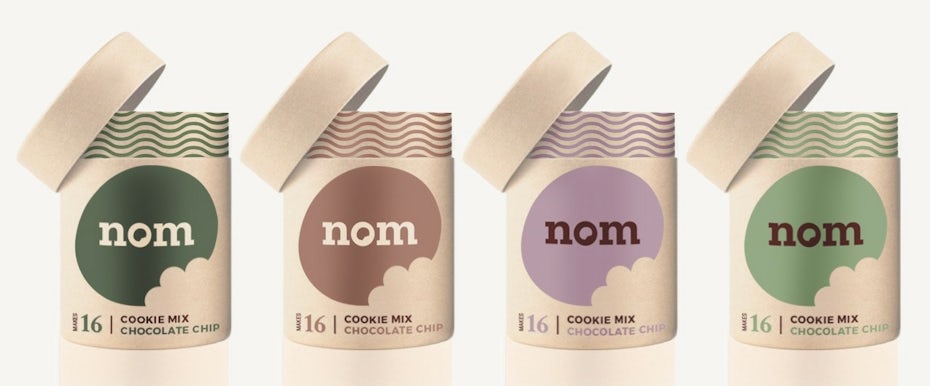
The cross-modal hyperlinks you made use of in alongside along with your mannequin title and model can lengthen all by your full mannequin aesthetic. And each little factor you create must be fixed in sort, sound and message.
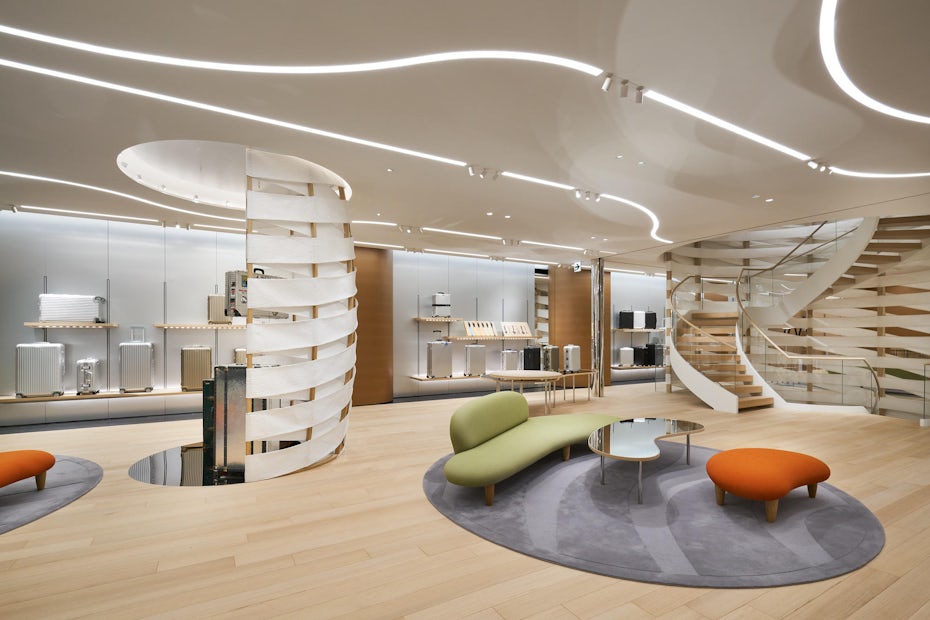
When working with a retail space, for example, the sound of your title is normally a pleasant data for strategies to kind which have. Take a look at suitcase mannequin Rimowa’s (which sounds to me like a shiny bouba) flagship retailer in Tokyo: curvy, large and glossy. The realm could possibly be very acceptable with the sound of the mannequin.
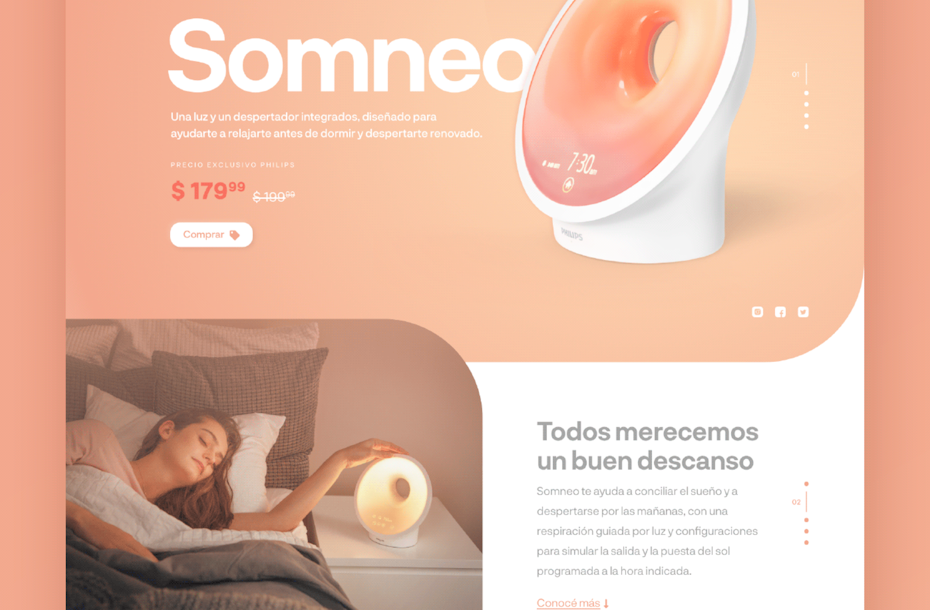
Possibly it’s a singular, key product your mannequin focuses upon and in addition you desire a stunning web design to attract consideration with. As you presumably can see inside the above occasion, Phillips have centred this web page spherical one product. It oozes spherical, delicate and simple shapes all through each little factor from it’s title “somneo”, to its sans serif font and the curve-edged format design.
The mannequin echoes the type of the product by the use of the sound of its title and the good and comfy pastels of its identification. It’s an unimaginable occasion of strategies to make use of sound symbolism to create a relentless seen presence in your mannequin.
Journey the bouba-kiki wave
—
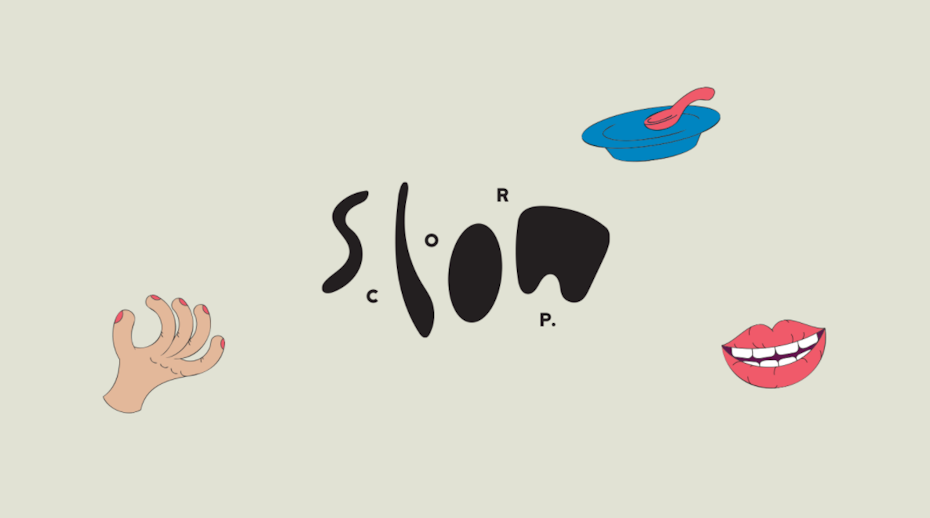
Upon getting an understanding of how sounds inform how we predict points will look and feel, you then presumably can really grasp it in your favor. It’s evidently that psychology and branding go hand in hand.
There’s no categorical motive why you couldn’t assist a round-sounding mannequin title with a spiky-looking model, but it surely absolutely acquired’t actually really feel as pure. Possibly, your required affect is an unnerving, awkward mannequin identification—merely assure that your viewers are in on it.




